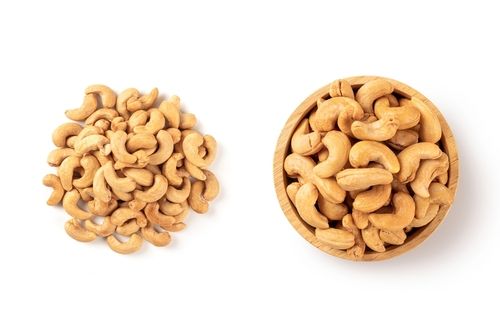
The Lowdown on Pulled Muscles: Your Guide to Healing and Prevention
- Feb 12, 2025
You've gone and done it, haven't you? Pushed yourself just a wee bit too much during your workout and now your muscles are screaming bloody murder. You've managed to pull a muscle or, if you want to get technical about it, sustained a muscle strain. In layman's terms, you've stretched your muscle fibers way beyond their comfort zone and in severe cases, there might even be a tear. Pitiful, isn't it?
The healing time for these ouch-rated injuries depends on how badly you've messed up. The kiddie pool injuries can get better in about three days, while the deep-end ones take their sweet time spanning months. As for the size does matter theory? It holds. Your hamstrings and quadriceps are going to take longer to mend because, well, they're massive.
Subscribed to the greater the risk, the greater the reward theory? Sorry to kill the fun, but in case of muscles, large or small, the only reward waiting at the other end of a tear is a larger injury and a longer healing time.
However, all hope is not lost. Pulled muscles go through three glorious stages of healing but remember, the seasons change and so will the progression of your healing based on the individual and the severity of the injury.
Stressing about how to fast-track your recovery? Chill. Follow some simple strategies that don't involve selling your soul or emptying your bank account. Adhere to these, and you're likely to resume your activities quicker than you can finish binging your favorite Netflix series.
A little word of caution though. Healing takes time. A mild strain might require you to cool down for a week or two before you hit the ground running again. More severe injuries will need a recovery time of about four to six weeks or more. Listen to your body, folks. Gradually getting back into the swing of things helps prevent re-injury and further stalling of your healing time.
Most pulled muscles do a fine job of healing themselves at home. But if your muscle strain turns into an attention-seeker and refuses to get better or shows signs of worsening, it's time to get professional help. Your healthcare provider might whip out the big guns, such as MRIs, ultrasounds, or X-Rays, assessing the extent of the injury and ensuring no fractures or further muscle tears have ambushed the scene.
Our final drill? Rest, hydrate, eat well, and reintroduce activity at a slow pace. Remember, stubbornness can lead to worsening symptoms. So, if things start getting south, haul your behind to a healthcare provider. Proper care ensures a full recovery for most, allowing you to jump and jive in no time.






